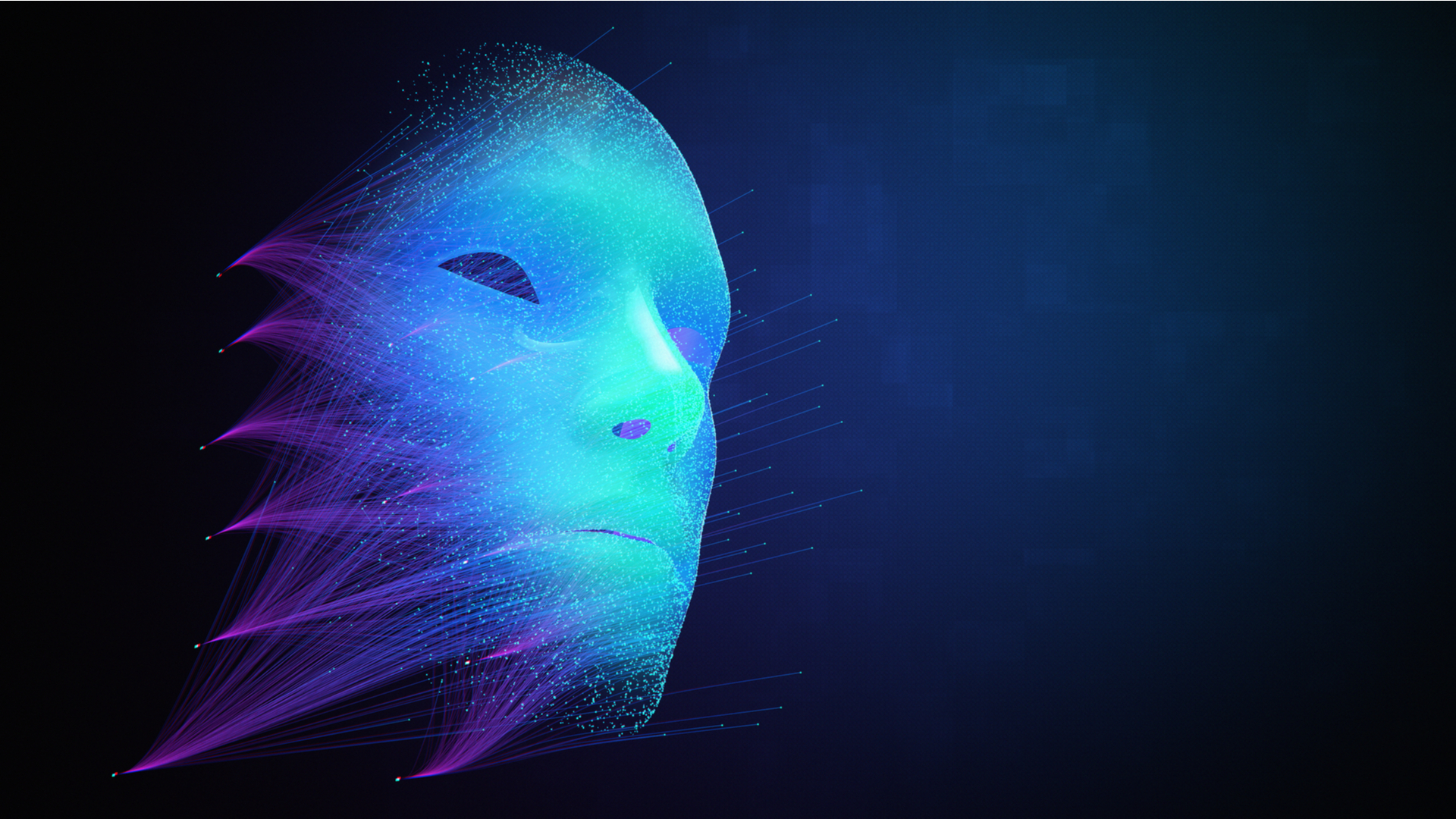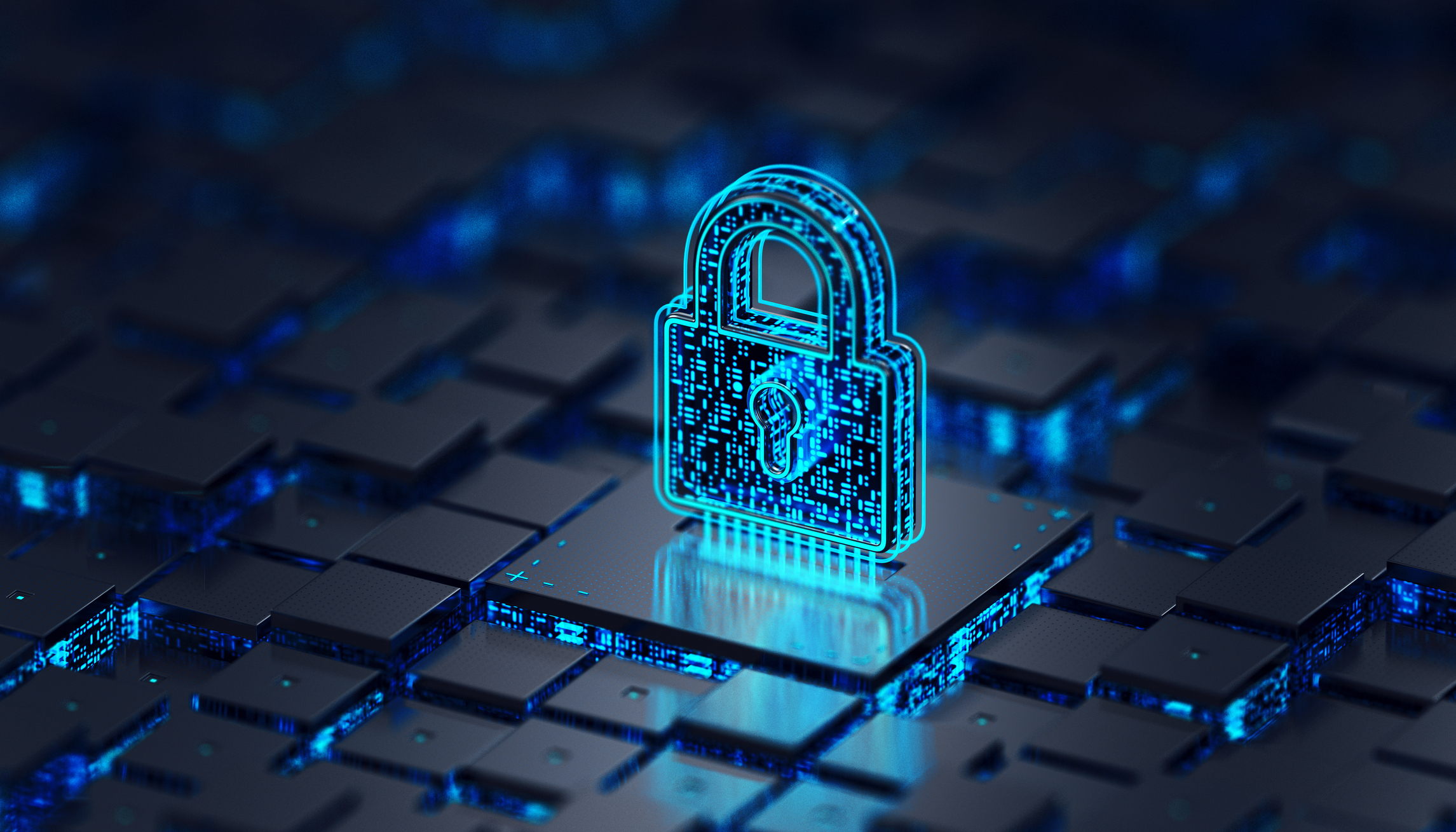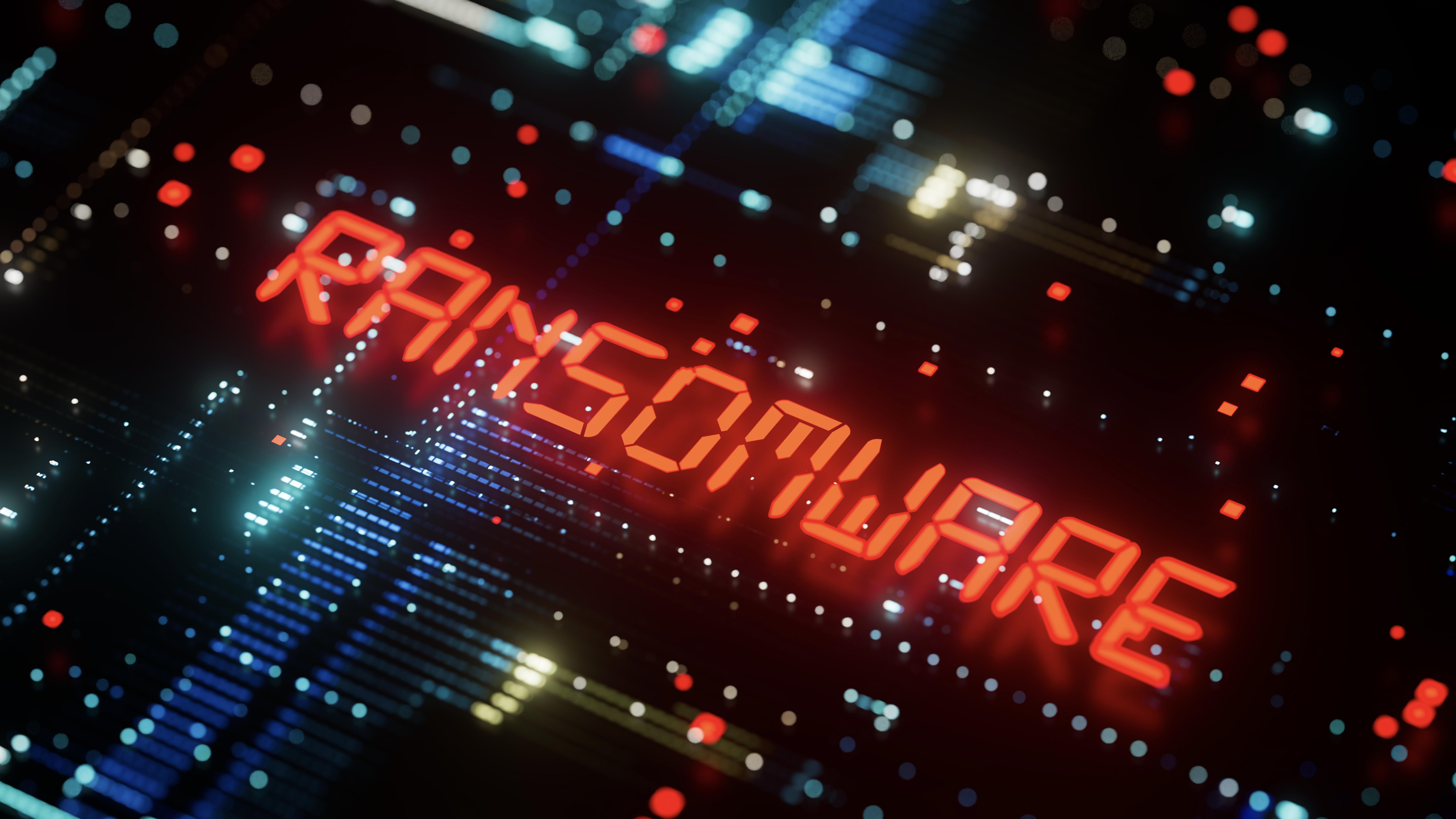The deepfake threat to mobile app authentication: What CISOs need to know
Deepfakes threaten mobile facial authentication, demanding urgent action from CISOs


Deepfakes are like someone putting on a perfect Halloween mask of your face, not just to trick your friends, but to walk into your bank, say 'it’s me,' and get handed your money. The scary part? Those masks are now cheap, realistic, and anyone can buy one.
Deepfake technology has entered a dangerous new era that is no longer confined to internet jokes or social media stunts - or Halloween mask analogies. Deepfakes are now actively being used to undermine facial recognition, one of the fastest-growing forms of mobile authentication.
Using synthetic facial footage and widely available off-the-shelf tools, attackers are now able to spoof face recognition systems and gain unauthorised access to mobile apps. What was once hailed as a more secure, frictionless alternative to passwords is being exploited. For CISOs, this is much more than a novel technical challenge, but a business risk with real consequences for trust, compliance, and operational continuity.
Biometric convenience meets security exposure
Over the past few years, facial recognition has become almost the default method for verifying identity for mobile apps. From banking and crypto apps to online platforms and workplace tools, it’s marketed as both secure and seamless, which, at a surface level, holds up as a promise. Users simply glance at their screen, and the app unlocks without a password to remember or an OTP to enter.
However, with this convenience comes a growing exposure. Face authentication systems, even those using a native operating system API, can be bypassed when mobile apps are not properly protected. The threat isn’t limited to obscure or low-quality SDKs - even well-known biometric platforms can be exploited if the app environment is vulnerable to tampering.
In traditional fraud, a hacker might try to break into the victim’s own device. What makes deepfakes so dangerous is that the attack often happens entirely on the attacker’s device. The attacker uses special tools, often on a modified phone that is rooted or jailbroken, to fake the victim’s face and trick the system during identity checks.
This means that every app that relies on face-based login is potentially at risk, especially if runtime protections are not in place. Android devices, in particular, are more exposed due to a wider range of hardware variability and a more permissive environment for modifying system behaviour. Given how widely face recognition has been adopted, the scale of the threat is present across almost every sector.
Stay up to date with the latest Channel industry news and analysis with our twice-weekly newsletter
Understanding the mechanics of deepfake spoofing
At the app layer, reverse-engineering tools like Frida allow bad actors to hook into the app’s authentication flow and replace the live camera feed with synthetic media. This technique is especially effective against apps that rely on third-party facial recognition SDKs, many of which lack sophisticated liveness detection or tamper resistance.
At a deeper level, attackers can deploy virtual camera software - such as VCAM or VCAMSX - to simulate a live camera feed at the system or kernel layer. On a compromised device, this allows synthetic or pre-recorded footage to be injected into the camera stream, tricking the app into accepting the deepfake as legitimate.
In more advanced cases, the attack may even target the hardware itself. By tampering with the camera hardware or its input signals, bad actors can bypass software defences altogether. While these hardware attacks require a high degree of sophistication, they are within reach for motivated threat actors - particularly those with access to high-value targets.
Ultimately, even when apps rely on native biometric APIs, they are not immune to manipulation unless additional layers of protection are in place.
Beyond security: The business risk of biometric breaches
It’s tempting to view deepfake spoofing as just another technical vulnerability. But the reality is much broader. A single biometric breach can have far-reaching consequences across an organization.
An attacker who bypasses facial recognition may gain access to sensitive financial accounts, private health data, internal messages, or even corporate credentials. In sectors like fintech, healthcare, or enterprise software, this kind of access can be catastrophic.
The damage doesn’t stop there. Facial biometric data is classified as sensitive under regulations like GDPR. A breach involving spoofed facial authentication could trigger mandatory disclosure, regulatory scrutiny, and heavy fines. As upcoming rules like PSD3 and new AML/KYC standards raise expectations around identity verification, companies will face increasing pressure to prove that their biometric systems are robust and resistant to manipulation.
Then there’s the question of trust. Users generally believe that facial recognition is highly secure and much more secure than passwords, PINs, or even fingerprints. If that belief is undermined by a high-profile breach, the reputational fallout could be significant. Customers may think twice about using biometric login, or worse, abandon the app altogether.
For CISOs, this is no longer a niche technical concern. It’s a strategic business issue that cuts across compliance, brand reputation, user retention, and even investor confidence. Biometric security now belongs on the boardroom agenda.
What CISOs can do today and long-term
The good news is that defences against deepfake spoofing do exist, but they require a layered proactive approach.
In the short term, CISOs and security professionals should ensure that apps are protected against runtime manipulation. App shielding solutions can prevent hooking, reverse engineering, and the injection of malicious code. This makes it significantly harder for attackers to intercept or manipulate the biometric process.
Relying on platform-native biometric APIs, like Face ID or BiometricPrompt, is also crucial. These have built-in liveness detection and stronger OS-level protections than many third-party alternatives. However, even these should be supplemented with behavioral biometrics and device profiling, which can detect anomalies in how users hold, interact with, or authenticate on their devices.
The need to prevent biometric input, such as camera feeds, from being overridden or simulated by other apps or virtual environments is equally important. Without protection at this level, even the most sophisticated facial recognition engine can be duped by a convincing deepfake.
In the longer term, organizations should incorporate biometric spoofing into their regular penetration testing and red team scenarios. Threat intelligence teams should track the evolution of deepfake tools targeting mobile platforms. Vendor relationships - particularly with KYC or identity providers - must be re-evaluated to ensure their systems include proven anti-spoofing measures.
At the platform level, CISOs should advocate for stronger OS and hardware controls to lock down biometric inputs. And critically, fallback authentication flows must be in place that don’t rely solely on facial recognition, especially for high-risk or high-value transactions.
Rebuilding digital trust in a deepfake world
As deepfake technology becomes more accessible and convincing, it’s reshaping the threat landscape for mobile authentication. What once felt like science fiction is now a real-world risk. And for organizations that rely on face recognition to secure user access, the cost of inaction is rising fast.
Authentication must go beyond what looks right. It must be technically sound, contextually verified, and resilient to manipulation. Defending against deepfakes is no longer optional. It’s a critical part of securing mobile apps and protecting the trust that users place in them.
For CISOs, this is a call to lead, not just on security controls, but on business resilience. The face of fraud is changing. Our defenses must change with it.

Shaun Cooney (CISSP, CEH), a seasoned cybersecurity expert, has over two decades of experience in the field.
He is renowned for leading large-scale technology transformations, securing critical infrastructures, and driving data-driven strategies to enhance organizational performance.
At Splunk, Shaun excelled in navigating complex cybersecurity challenges, while his tenure at the UK’s NCSC showcased his ability to manage mission-critical projects, oversee extensive operational systems, and implement innovative security solutions.
Shaun has demonstrated exceptional leadership in building and scaling technology teams, managing multi-million pound budgets, and integrating advanced systems to reduce security risks and improve efficiencies.
-
 Google is scrapping its dark web report feature
Google is scrapping its dark web report featureNews Google said while the dark web report feature offered “general information”, the tool didn’t provide “helpful next steps” for users potentially impacted by a breach.
-
 AI means you're probably going to need bigger developer teams
AI means you're probably going to need bigger developer teamsAnalysis Software developers may be forgiven for worrying about their jobs in 2025, but the end result of AI adoption will probably be larger teams, not an onslaught of job cuts.
-
 Tapping into the ’touch grass’ movement in cybersecurity
Tapping into the ’touch grass’ movement in cybersecurityIndustry Insights With cybersecurity experiencing a ’touch grass’ moment, what role should resellers play?
-
 The hidden cost of MFT vulnerabilities
The hidden cost of MFT vulnerabilitiesIndustry Insights The channel can solve the fundamental fragility in how organizations handle their most sensitive data transfers
-
 How the channel weakened ransomware’s grip
How the channel weakened ransomware’s gripIndustry Insights What tools and techniques are empowering businesses to say no to ransomware demands?
-
 Data at risk: helping your customers close gaps in their supply chain
Data at risk: helping your customers close gaps in their supply chainIndustry Insights Most UK businesses lack visibility into third‑party supplier data governance, exposing themselves to compliance and cyber risks…
-
 DNS Security 101: Safeguarding your business from cyber threats
DNS Security 101: Safeguarding your business from cyber threatsIndustry Insights What strategies can businesses implement to strengthen defenses against the increased threat landscape?
-
 How bridging the IT visibility gap empowers channel partners
How bridging the IT visibility gap empowers channel partnersIndustry Insights CAASM enhances IT visibility, secures assets, and boosts channel partner growth
-
 What actions should channel partners take in response to DSPM growth?
What actions should channel partners take in response to DSPM growth?Industry Insights How can channel partners best support their customers when it comes to adopting DSPM?
-
 Cyber attacks: Can the channel save the day?
Cyber attacks: Can the channel save the day?Industry Insights Channel partners are becoming the first – and often only – line of defence for businesses facing growing cybersecurity threats